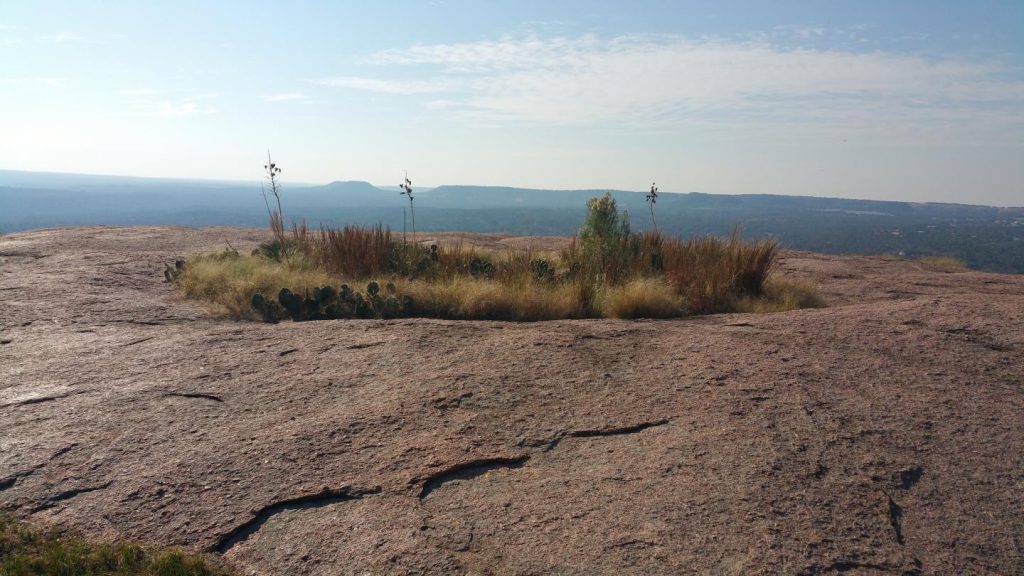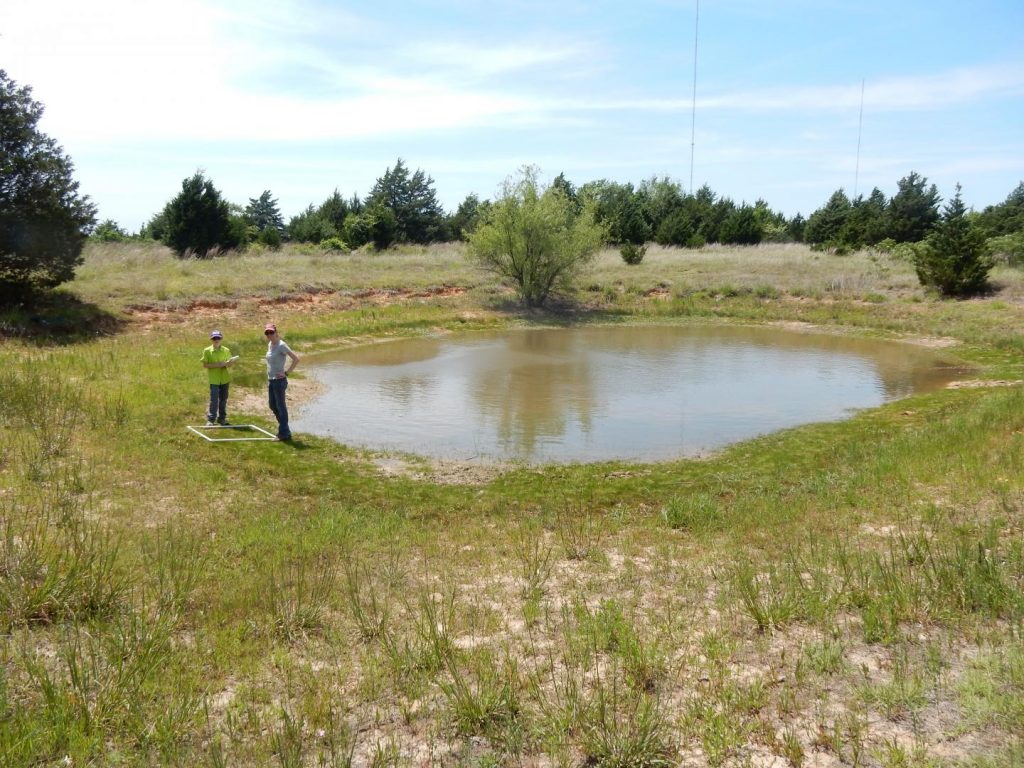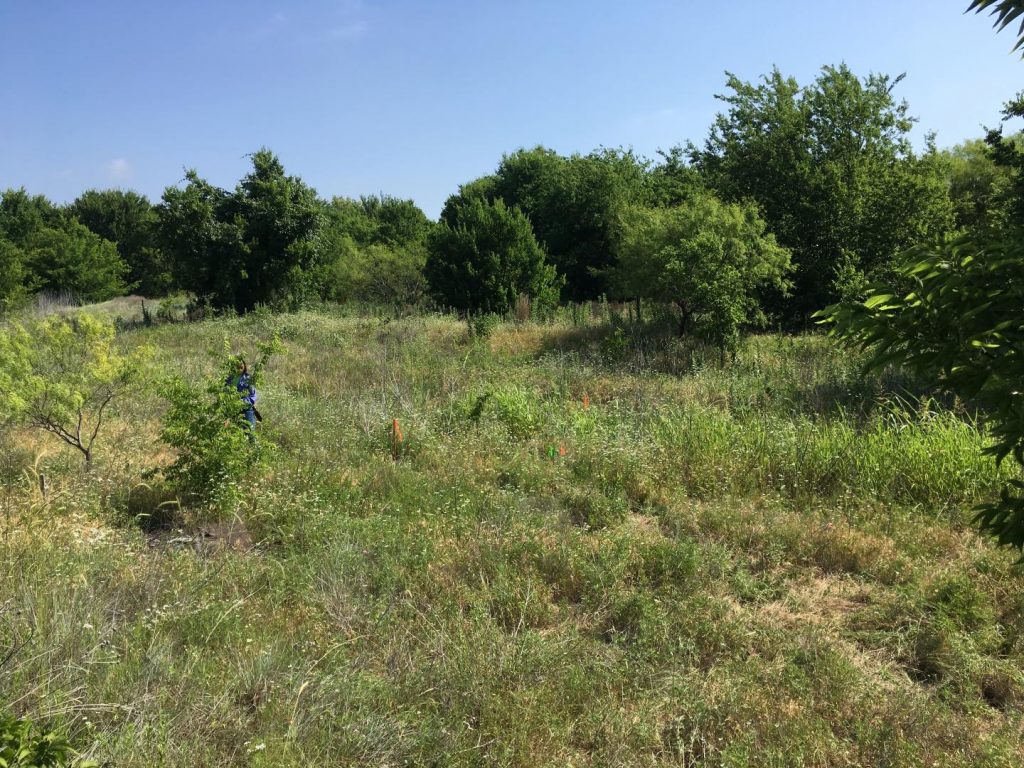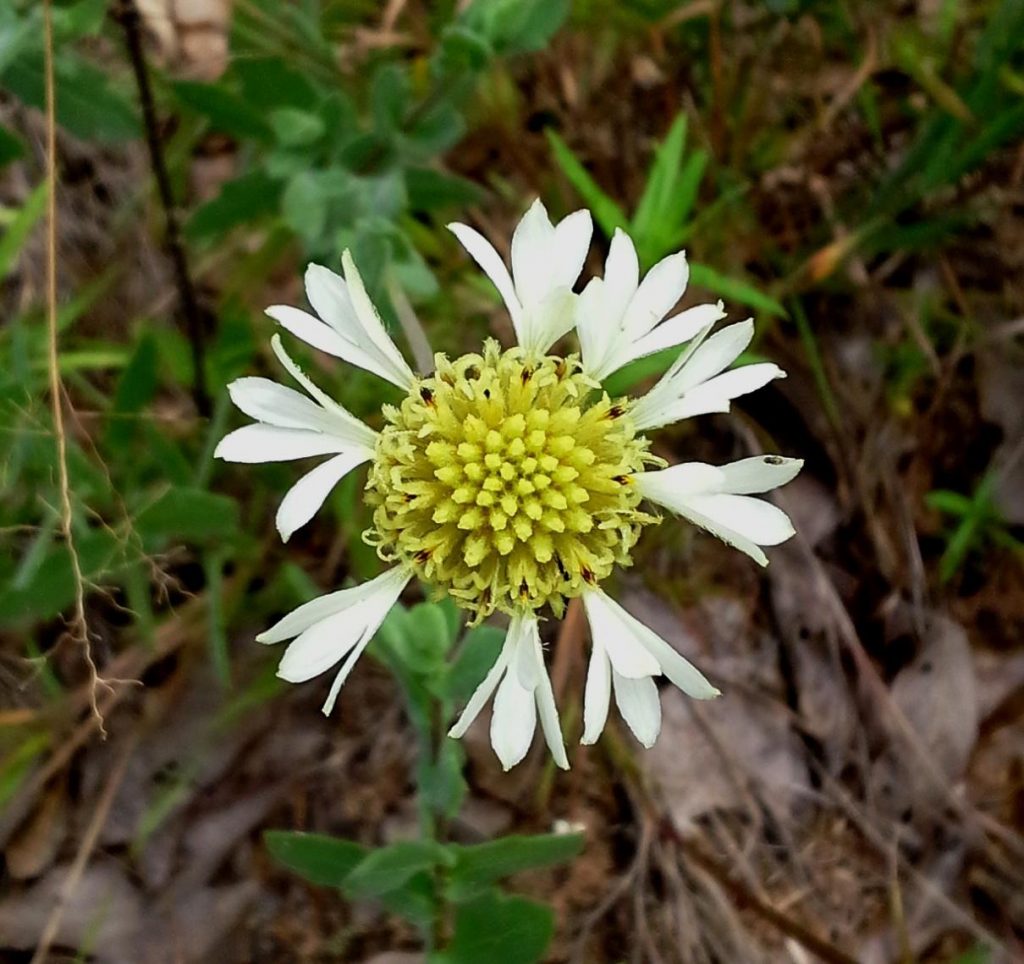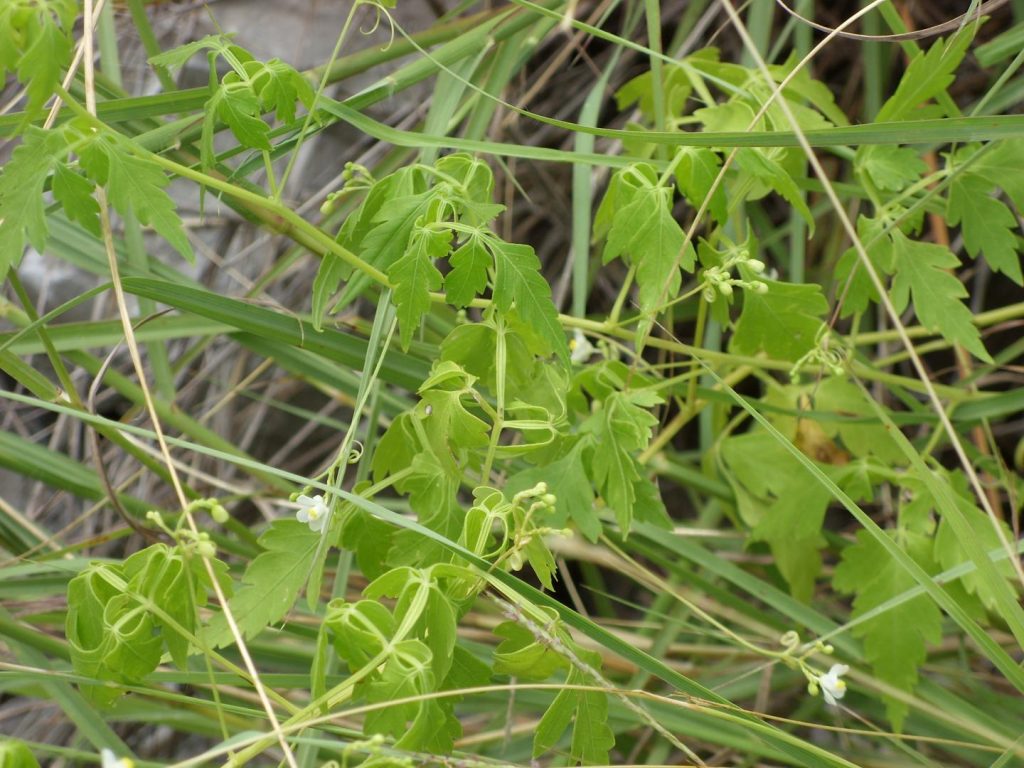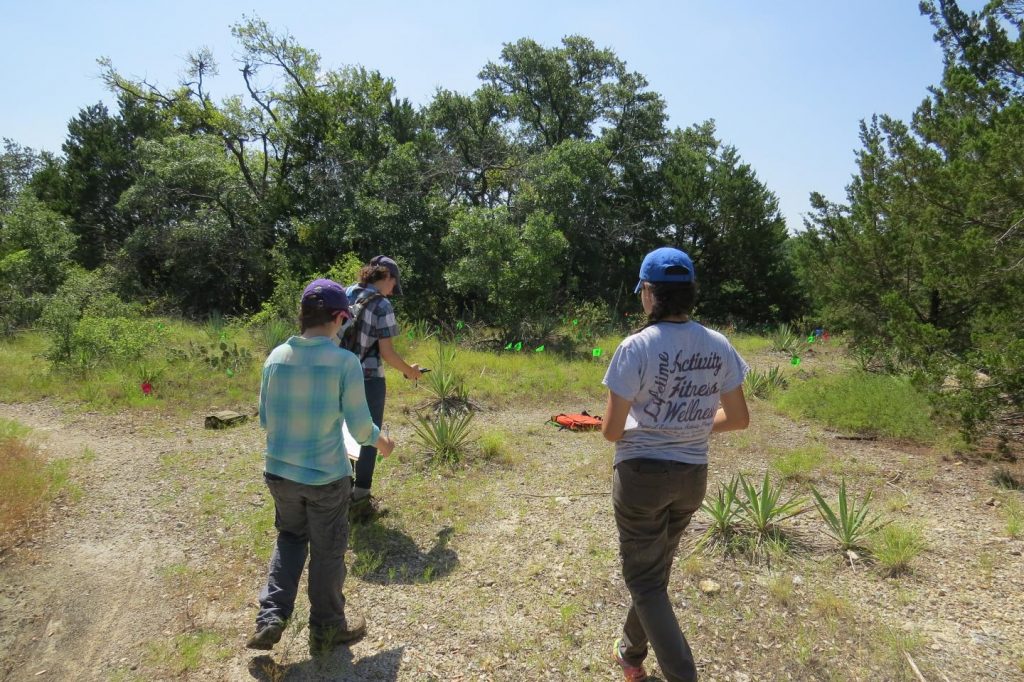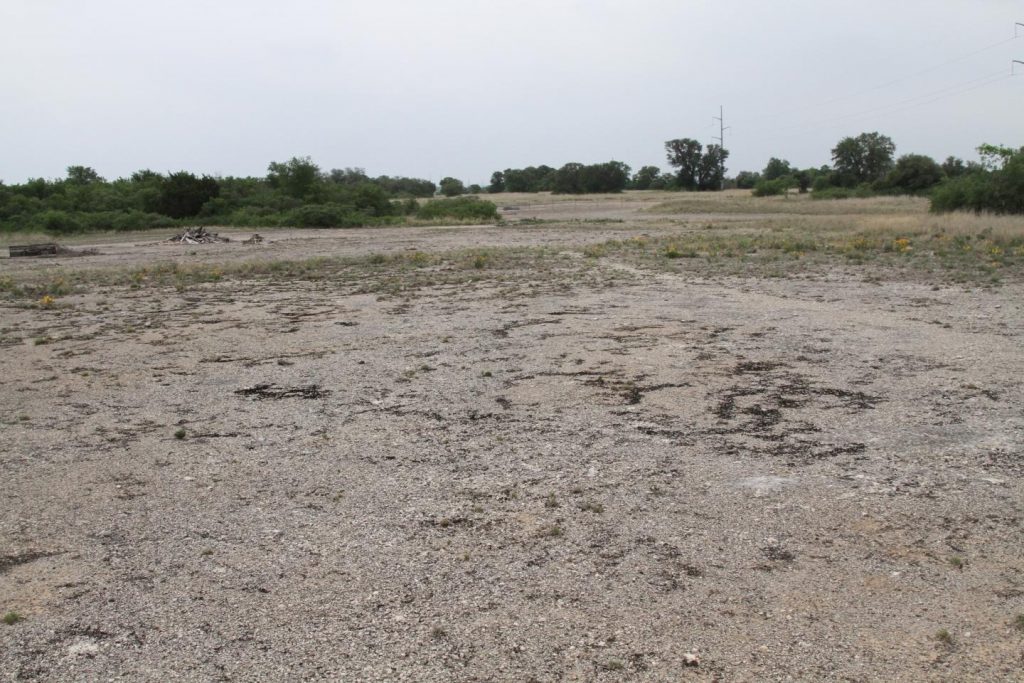
Dalea reverchonii
In the spring of 2012, BRIT botanists conducted extensive surveys of limestone prairies, barrens, and glades in the Fort Worth Prairie and northern Limestone Cut Plain of north central Texas. The Fort Worth Prairie (also known as the Grand Prairie) is a vast grassland with gently sloping, almost level plains dissected by valleys along rivers and streams. This prairie ecosystem is underlain by limestone geology with limestone bedrock near the surface across most of the region. This limestone gives the Fort Worth Prairie its unique features.

